ThirstyBarbarian
Well-Known Member
- Joined
- Feb 11, 2013
- Messages
- 12,249
- Reaction score
- 7,477
There are two FH flights listed here: https://spaceflightnow.com/launch-schedule/
Thanks!

There are two FH flights listed here: https://spaceflightnow.com/launch-schedule/
The two boosters landing together side by side by side really was amazing! My wife was about to head out the door to Costco right before the launch, but I convinced her if she would wait 15 minutes, the launch would be worth it. She gave me an indulgent smile and agreed to stay, like she was doing me a favor so I wouldnt have to watch it alone. When those two boosters came in and landed together, I turned to her, and her mouth was literally hanging open, agape. I dont care who you are, or whether rockets are your thing or not, but that sight will boggle you. It looks like something from a science fiction movie.
Falcon Heavy flame detail from 1300ft away. It's a 42.4MP 81.6MB uncompressed RAW image, let's count bolts | Ryan Chylinski for SpaceFlight Insider
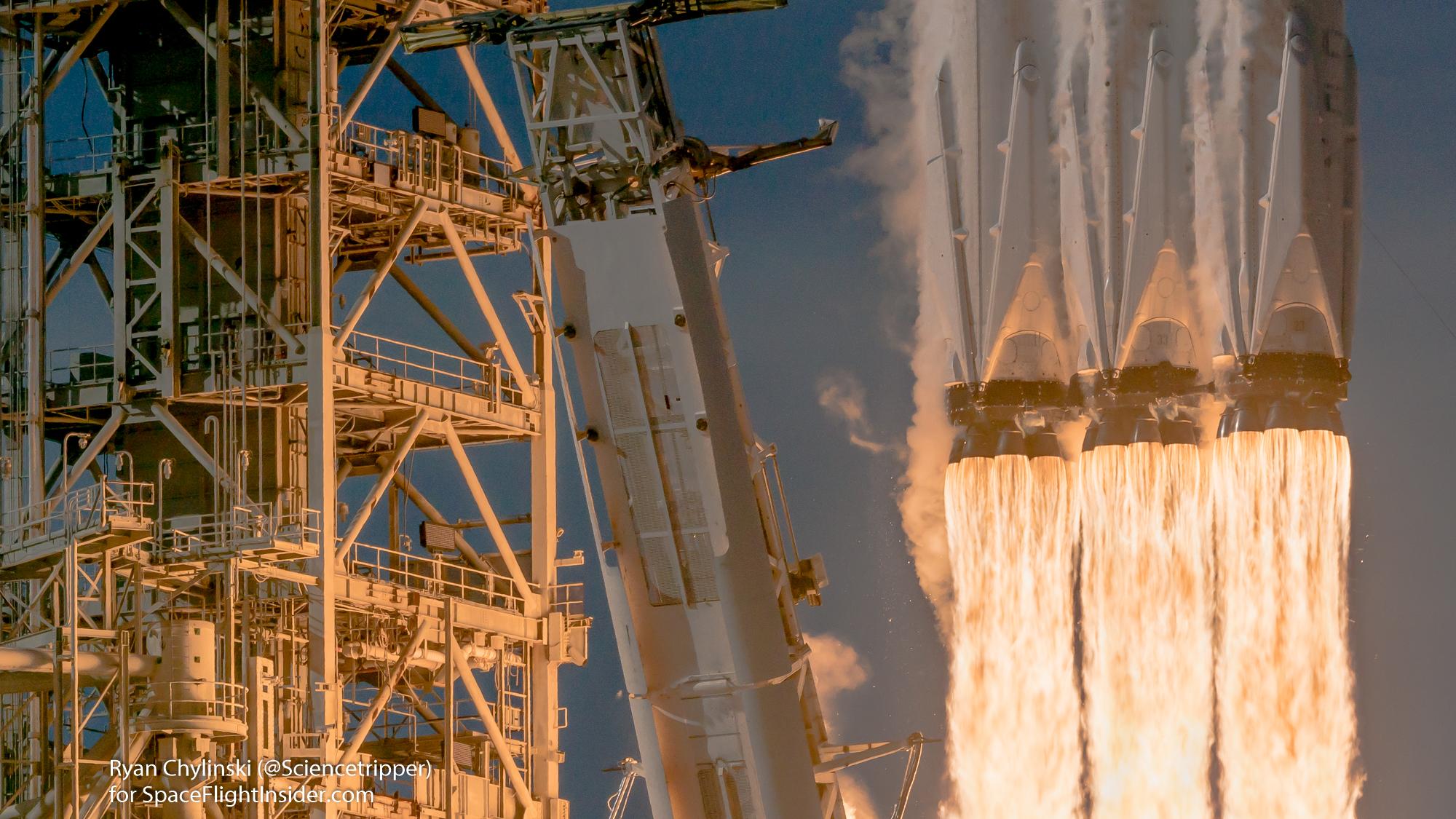
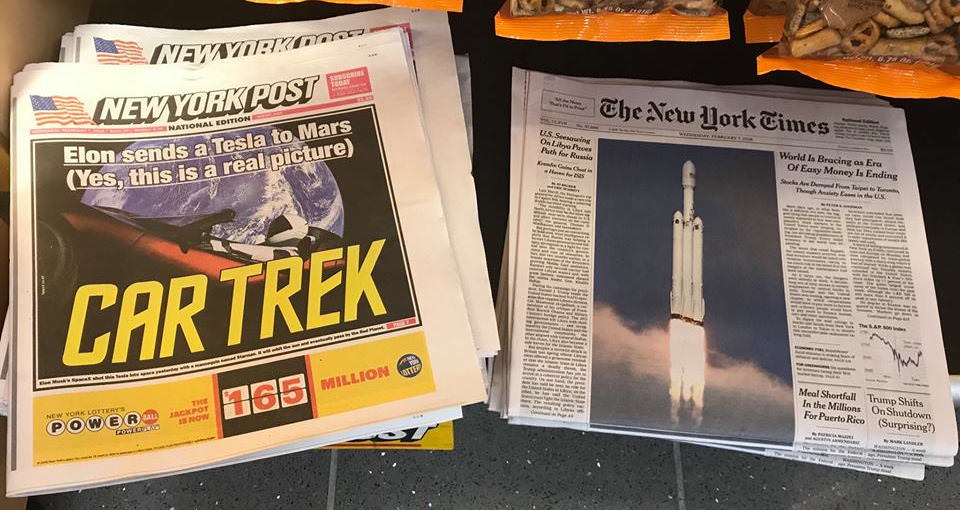
The image version linked is not even a meg in file size though, so somewhere there's a huge version of this.
Is it just me or is anyone else baffled why Musk chooses to put one of his cars into space and not something else that
would maybe benefit mankind. I know it's his money and he can stroke his ego any way he wants, but cmon, really.
Sure it was a great step forward in space travel but a car? Stupidest thing ever.

Last view before the batteries died. .. this may have been taken at about 150,000 miles away, ballpark. Probably at least 100,000 miles.
One thing I think is kind of weird is that it doesn’t seem like they really picked a specific orbit to aim for, or they missed the orbit they were aiming for. Originally, they had talked about a “Mars orbit”, which everyone interpreted as actually orbiting Mars. That was later clarified to mean a heliocentric orbit with the aphelion at Mars distance from the sun and perihelion at Earth distance. But they ended up blasting the car out past Mars distance to almost Ceres distance from the sun. Did they really not have a particular orbit in mind and just shot it as far as they could? Or did they aim for Mars distance and something didn’t work right? Maybe Starman just stomped on the Tesla’s accelerator and didn’t let up?
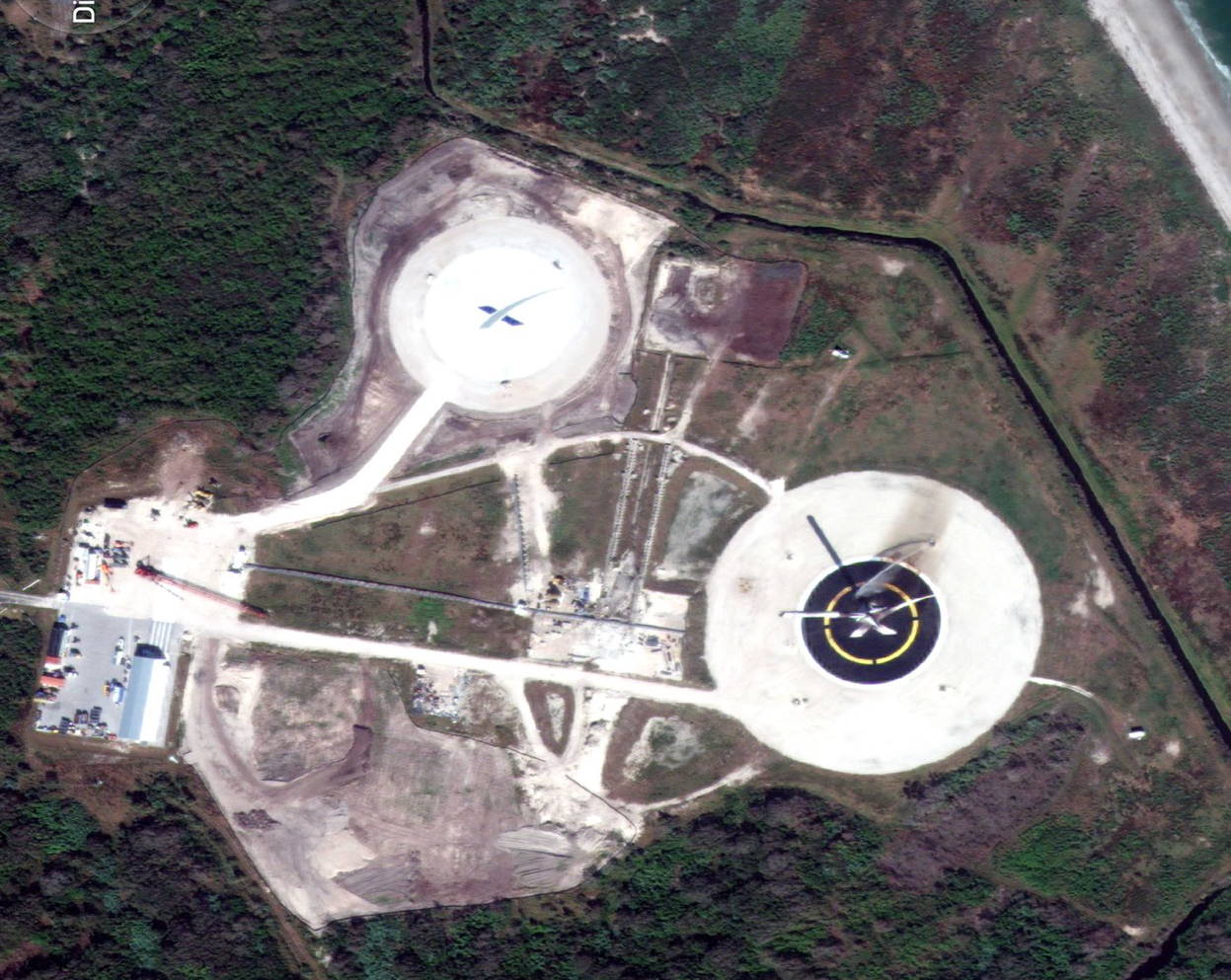
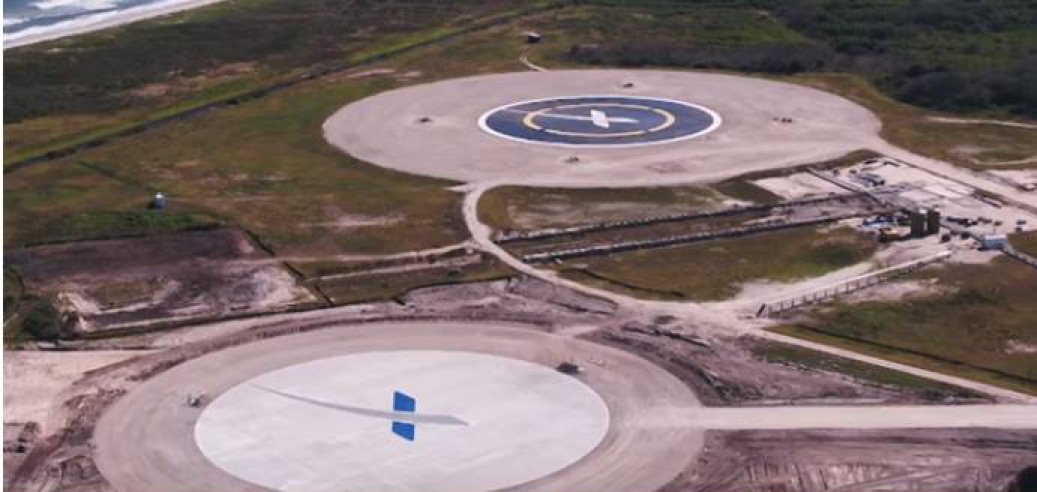
Great launch photo. Source:
https://www.reddit.com/r/spacex/com..._medium=hot&utm_source=reddit&utm_name=spacex

The image version linked is not even a meg in file size though, so somewhere there's a huge version of this.
Saw that post on reddit, the guy is selling the absolute mega full res shot for like $10 IIRC.
The compressed one is still plenty big enough for my wallpaper on my desktop.
Great launch photo.
Starman is now a cultural icon.
Starman is now a cultural icon.
Ya gotta admit, it's better than a host of other cultural icons we've had recently.
update - I googled that the generic escape velocity is about 25,000 mph. So this may have been taken at about 150,000 miles away, ballpark. Probably at least 100,000 miles. It's likely some some number crunching space techs will post about how far away this would have been, based on the actual velocity needed to nearly reach the Asteroid belt and the likely time after the escape burn that this would have been taken.

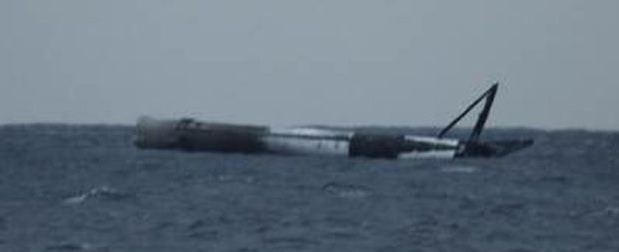
…… Thing is, SpaceX didn’t expect the booster to survive the splashdown in tact, but it did, making it easy to speculate*that it’s a situation SpaceX didn’t have a contingency plan for. For example, things like un-safed*COPVs (composite overwrapped pressure vessels) at flight pressure could have made it a ticking time bomb and hazard to navigation and marine life, being that they*store a dangerous amount of energy if not vented.
Additionally, if circuitry onboard was fried by water after the booster splashed down, then there’s no way high-pressure areas could vent.
Whatever the case, trusted anonymous sources have confirmed to AmericaSpace that the U.S. Air Force carried out an air strike to blow up the unsafed floating booster.
In an inquiry to the U.S. Air Force, an Air Force Space Command spokesperson would not confirm or deny the strike, but instead asked that any and all*booster queries go to SpaceX.
I'd like a hi-res photo of the Tesla with the Earth in the background. THAT would make a great poster!
In the image the diameter of the earth appears about the same size as the width of the windshield on its upper edge - lets say about 5ft. If we assume the distance between camera and the upper edge of the wind shield is about 10-15ft away, then the camera would be about 2-3 earth diameters away from the earth - something in the neighborhood of 16,000 - 24,000 miles.
Reinhard
all that effort and they could only fit 12h worth of batteries?
all that effort and they could only fit 12h worth of batteries?
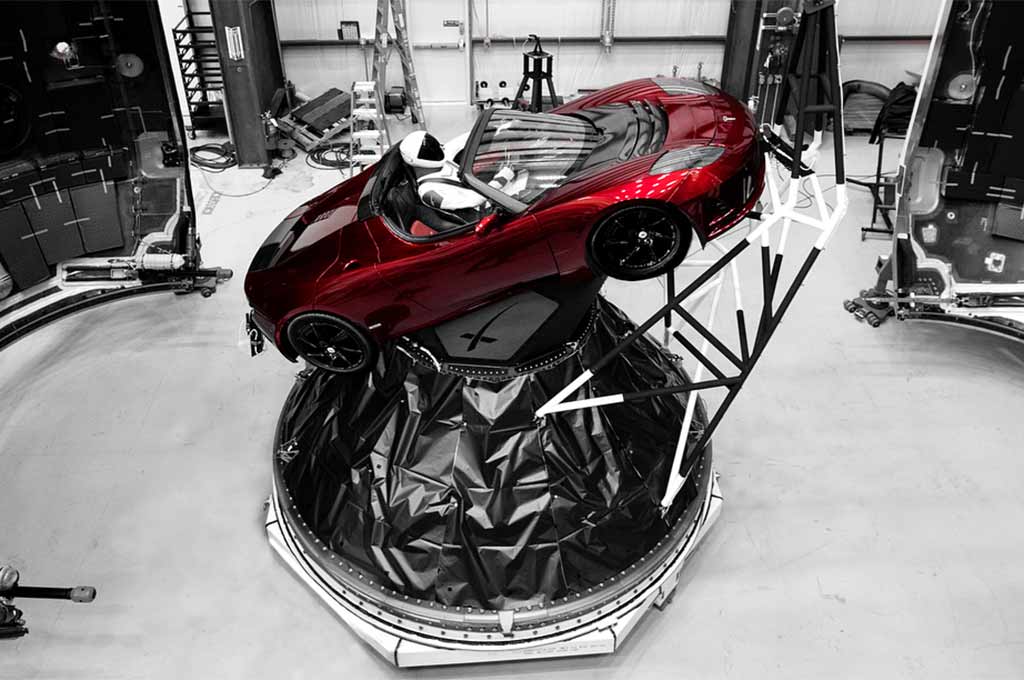
Scott Evans Words February 6, 2018
How Falcon Heavy's payload came to be
The tweet went out at dinnertime on the West Coast, local time for*Tesla*Motors and SpaceX CEO Elon Musk.
“Payload will be my midnight cherry Tesla Roadster playing Space Oddity,” Musk’s tweet read. “Destination is Mars orbit. Will be in deep space for a billion years or so if it doesn’t blow up on ascent.”
Musk is going to launch his personal Tesla Roadster into space*on the first SpaceX Falcon Heavy rocket. But why? Is he even serious? Can he do that?
Replying to a follower the next day, Musk wrote, “I love the thought of a car drifting apparently endlessly through space and perhaps being discovered by an alien race millions of years in the future.” A few days later, he told another follower it would have a copy of Douglas Adams’*The Hitchhiker’s Guide to the Galaxy*in the glove box, along with a towel and a sign reading, “Don’t panic.” Surely, it was all a joke. Funny guy, that Elon.
Three weeks later, just before Christmas, Musk took to Instagram this time with a photo of the car in a space capsule and an explanation.
“Test flights of new rockets usually contain mass simulators in the form of concrete or steel blocks. That seemed extremely boring. Of course, anything boring is terrible, especially companies, so we decided to send something unusual, something that made us feel. The payload will be an original Tesla Roadster, playing Space Oddity, on a billion year elliptic Mars orbit.”
He wasn’t kidding.
It shouldn’t have been as much of a surprise as it was, though. Way back in March, Musk replied to a follower asking about the payload: “Silliest thing we can imagine! Secret payload of 1st Dragon flight was a giant wheel of cheese. Inspired by a friend & Monty Python.”
How did he end up deciding to launch his car into space, though? SpaceX employees with knowledge of the scheme spoke to Motor Trend on the condition of anonymity to share the story behind the “Red Car for the Red Planet.”
Late in the summer of 2017, the delayed launch of the first Falcon Heavy rocket was finally beginning to take shape, and it was time to talk payload. As Musk would later tweet, payloads on test flights are generally cheap, heavy objects to simulate a real payload without the risk of losing a billion-dollar satellite if the test went wrong, which isn’t uncommon. The engineers tasked with selecting and preparing a payload were aware of the wheel of cheese and Musk’s expressed desire to do something silly, so they brainstormed various unexpected payloads. One suggestion: a car. Practical heads prevailed, and the goofy suggestions were shot down in favor of the standard heavy block payload.
The presentation to Musk did not go as planned. The payload team assumed, incorrectly, that Musk would be fine with a typical test payload on such an important launch. That’s not Musk’s style. He wanted a fun payload and sent the team away to come up with one. They came back with their old list of goofy ideas, and Musk loved the car idea. He immediately offered up his personal 2010 Tesla Roadster Sport.
A few weeks later, the car rolled into a SpaceX workshop to be prepped for spaceflight, and the real work began. Things launched into space first must survive the launch, which as you can imagine is both loud and violent. Like all payloads, the Roadster needed to undergo sonic, vibration, vacuum, and other standard testing to make sure that it wouldn’t come apart during the launch and ascent and damage the rocket and that it would survive in space.
It was quickly determined the car needed to be stripped. After all, the only launch it was designed for was a stoplight drag. All the glass had to go, as did the battery. With the battery out, there was no need to keep the drivetrain in, either, so that went, too. Musk himself has been very open about prototype rockets tending to explode, and no one wants to scatter 1,000 pounds of lithium across the upper atmosphere. Other than the obvious weak points like glass, SpaceX engineers were impressed with the rigidity and durability of the Lotus-based Roadster in their tests.
The car was still in the test lab when Musk’s first tweet went out. It took the team by surprise, as the whole thing had been a big secret up until that point and was supposed to remain so until the launch. The tweet, followed by the photo confirmation on Instagram a few weeks later, unleashed a torrent of regulatory inquiries from regulators, including the Federal Aviation Administration (FAA).
Any rocket launched into space from a U.S. territory must be licensed by the FAA, and part of that license includes approving the cargo it will carry. Generally, the rules require the regulator to determine if the cargo is a threat to human health and safety to the safety of U.S. property. It also must be in compliance with international space treaties. Stripped of its potentially hazardous components, the Roadster should pass muster, but according to reports, FAA wasn’t happy about the surprise.
In the broader regulatory scope, the international Outer Space Treaty only covers planetary protection, designed to prevent other planets from being contaminated with any sort of life from Earth (such as hardy microbes that could hitch a ride on a spacecraft). Were the Roadster to land on Mars or if it were put in orbit of the planet where it could eventually be pulled down by gravity, SpaceX would be in violation. To get around that, the Roadster will be sent out to the general distance from the sun where Mars orbits and left to drift, never coming close enough to the planet to risk crash landing. Otherwise, legal experts mostly agree there isn’t really any law preventing SpaceX from sending the Roadster into space.
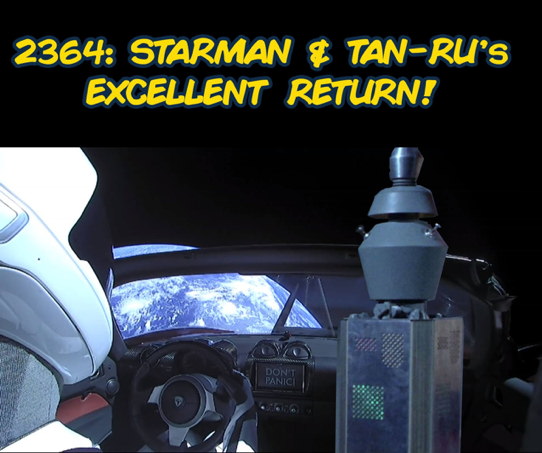
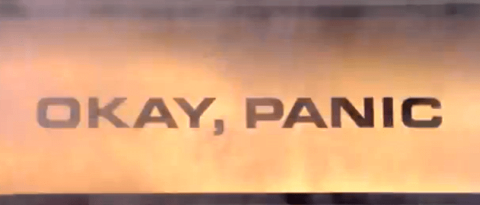

See that little grey speck in the upper left? Thats the moon.
The moon is .5 degree across at Earths distance. The camera aimed at the Roadster is likely set to about a 60-90 degree field of view, so a .5 degree wide object is small
Enter your email address to join: